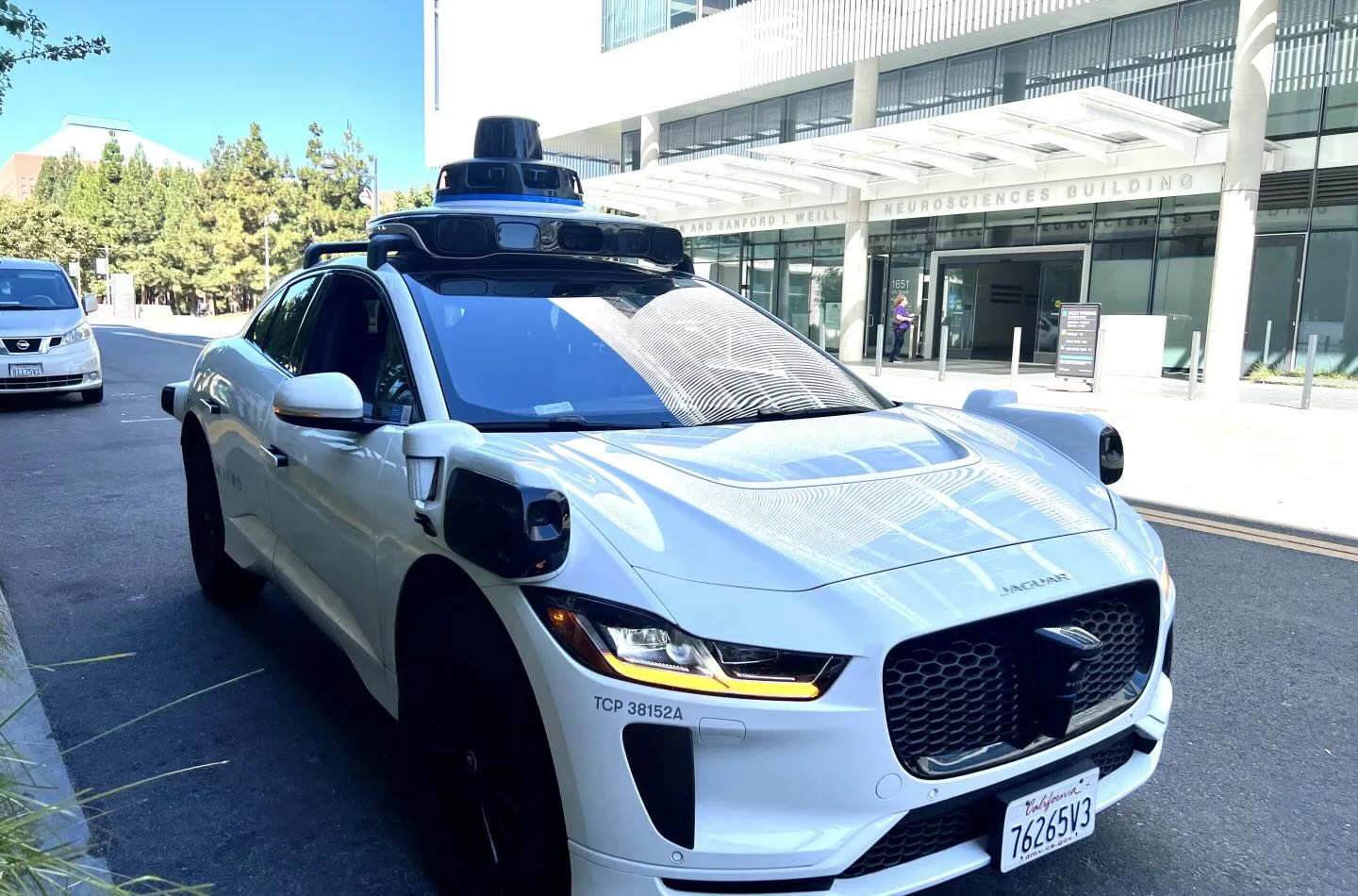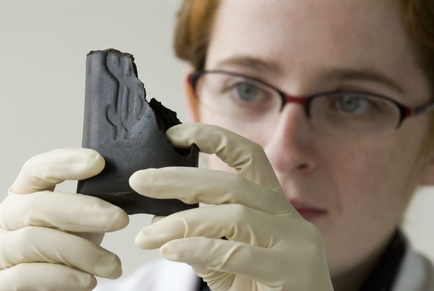How stupid was he?
He shut down the Center for Groundwater Research. I quote him: “You don’t need to grind water. It’s a liquid.”

He closed our renowned Digital Signal Processing program. He was then unable to process, when faculty flashed him a certain digital signal.

Next to go was the knockout mouse lab. He said, “They have some attractive mice, but none that I’d call a real knockout.”

Whenever there’s a task to be done or governance to be exercised, we tend to organize for it in threes. A single power center is unworkable, as it can easily lead to dictatorship. Two is not so good either, as a disagreement can lead to indefinite and unrefereed deadlock. Three gives us “checks and balances,” as all of us were taught in school.
It’s not just the legislative, executive, and judiciary branches of the US government. Companies developing new products seek balance among the engineering, manufacturing, and marketing departments. Economic development rests on the “triple helix” interaction of the government, academic, and industrial sectors. Corporate governance depends on the triangle of shareholders, boards of directors, and managers.
A chain saw, sporting all the safety
interlocks, might still kill you if
you use it carelessly. You’re self-confident and you suffer the usual optimism
bias.
 These tips will help researchers for whom English is a second language, and who work at universities and research institutes where the international publishing culture is still young.
These tips will help researchers for whom English is a second language, and who work at universities and research institutes where the international publishing culture is still young.
Facebook traffic and news items tell us a lot of Americans of
northern European extraction are anxious and even fearful about the prospect
that White Americans will soon be a minority. A subset seems further offended
by court decisions bestowing civil rights on gay people. Another subset is
inflamed over removals of the Confederate battle flag from public spaces. Then
there are environmental regulations that seem to snatch job opportunities from
an already embattled middle class – and other kinds of federal regulation that
have set some Whites on anti-government, secessionist, or survivalist paths.
 In Akira Kurosawa's timeless
1950 masterpiece (http://www.imdb.com/title/tt004287
In Akira Kurosawa's timeless
1950 masterpiece (http://www.imdb.com/title/tt004287
 And Since You Mention SNAP,
And Since You Mention SNAP, PAST AS PROLOGUE: An Engineering Legacy
PAST AS PROLOGUE: An Engineering Legacy Drugs, Crime, And… Homelessness?
Drugs, Crime, And… Homelessness? How Will Humans And Machines Live Together?
How Will Humans And Machines Live Together?









 These tips will help researchers for whom English is a second language, and who work at universities and research institutes where the international publishing culture is still young.
These tips will help researchers for whom English is a second language, and who work at universities and research institutes where the international publishing culture is still young. 

 In Akira Kurosawa's timeless
1950 masterpiece (
In Akira Kurosawa's timeless
1950 masterpiece (